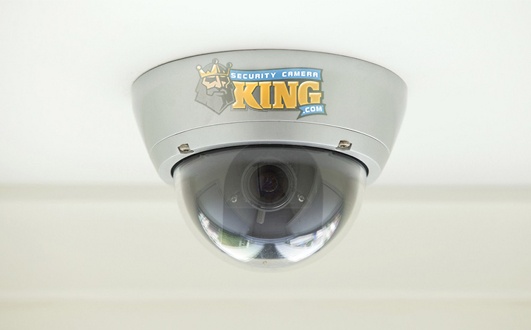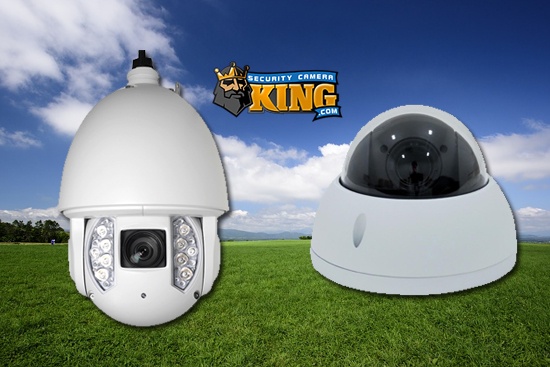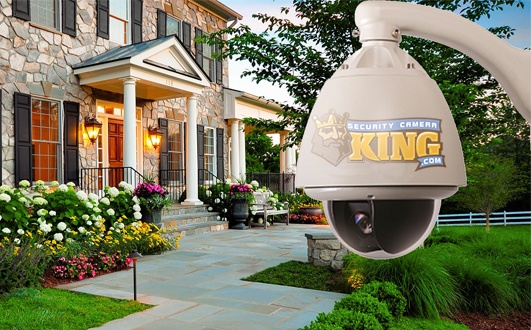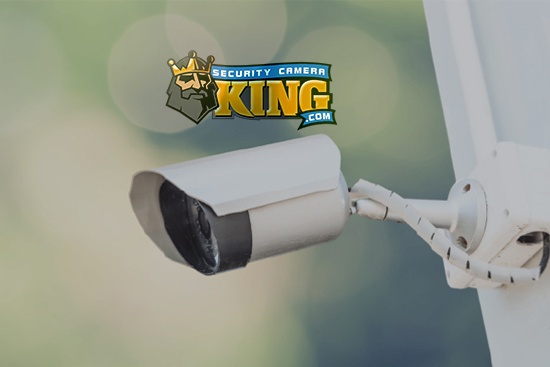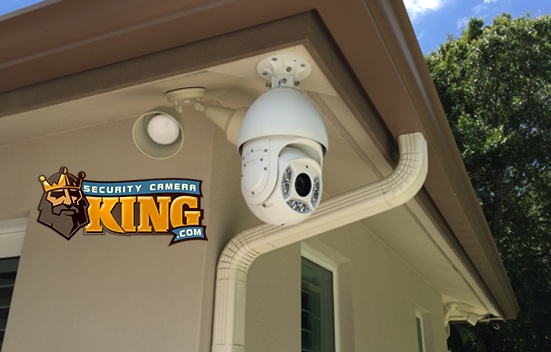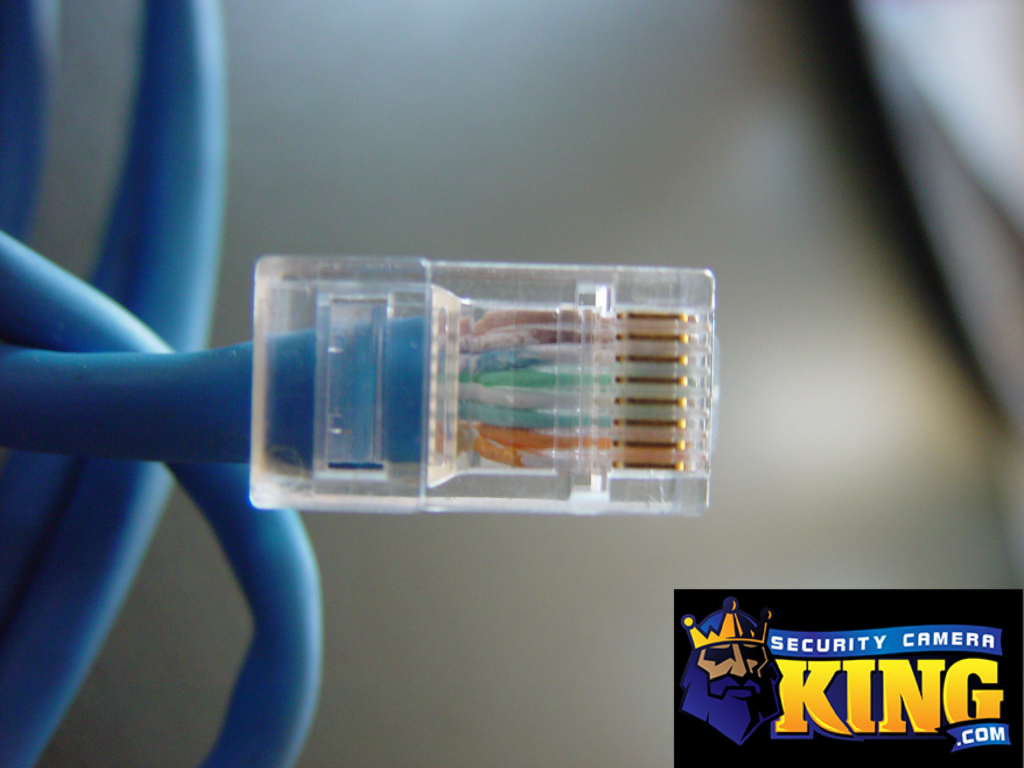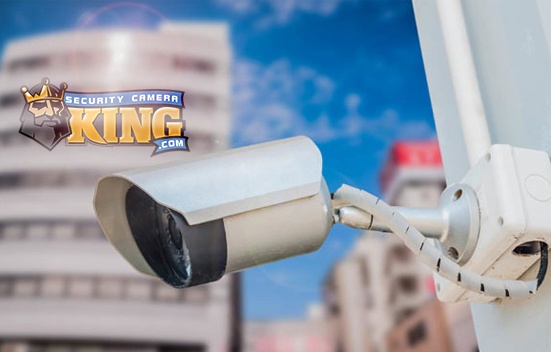Importance of Resolution
At Security Camera King we stock HD security cameras for both COAX and IP, but what is the importance of resolution, does HD matter?
Before we even think about getting into the importance of resolution, we first need to explain what resolution is. Let’s start with who we are and why you should listen to us! We are Security Camera King, the number one source for online Security hardware, especially the latest and greatest security Cameras. There are so many choices out there for security cameras and CCTV technology, you can trust our knowledge and expertise on the matter to help you determine what works best for you! When it comes to choosing which cameras make the most sense for your circumstances, there are many factors and features that should be taken into consideration. Resolution is one of the most important factors, sometimes the most important.
When choosing cameras for any particular system, the positions and number of cameras you’ll need are the first and most important choices you can make. Determine what key areas of the property need to be covered or are the most vulnerable, and determine what angles need to be covered and how far out, or close you’ll need to see. You’ll also need an idea in advance of how many consecutive days of footage you’ll want your recorder to be able to hold before it has to overwrite existing data.
Armed with this information, making a choice on what resolution you want your cameras is going to be a lot easier- but why? what is resolution anyways?
Many might already be familiar with the term as a way to express visual quality- and you wouldn’t be wrong. But lest dive a bit deeper into what it is, and how it specifically plays a role in motion-imaging like for CCTV.
When we look at a computer monitor, or digital photograph, or even a modern TV display, we are seeing the image in pixels. Pixels are tiny dots, arranged very close together capable of displaying color combinations and light in order to form a complete image when seen all together. As you can likely the picture, the same image expressed through a larger number of pixels means a better quality image. The bigger the physical size of the screen, or canvas, the more pixels would be needed to properly convey the image without blurriness, distortion, or loss of being abel to make out the picture.
When we count the number of pixels in an image, the resulting number is what we call “resolution”. The resolution, therefore, is both the count of the number of pixels in an image and a direct way to quantify or ‘measure’ the quality of any given image.
Data for images is stored on computer hard drives as “files” and these files can be larger or smaller depending on their resolution. Two image files, of the same picture, but with differing resolutions, will have different sizes. The one with the larger resolution will be larger by a proportional amount compared to the smaller file. Resolutions can be expressed in different ways. The most common way is in megapixels. Mega means one million, so if we say an image is 1 Megapixel or MP, it has one million pixels. The same can be said for 2, 3, 4, and 8 megapixels.
The number of pixels in an image doesn’t tell us how the pixels are arranged though, which is why we have ways of doing this when we know there are standards. Most Displays have a length-to-height ratio of 16:9 (16 units long for every 9 units tall). In 16:9 monitors 2MP is referred to as 1920×1080 or as 1080p for short. 8MP is 3840×2160 also known as 2160p or by its cinematic shorthand “4k”.
When talking about video files, you might already know that a video file is several image files in succession. The number of images per second is referred to as the frame rate, or FPS (frames per second). Video file sizes are determined by two major factors, the resolution, and the frame rate. Your resolution is how many pixels are in an image, and the framerate is how many images occur per second. The more frame,s the smoother the motion in the video looks, the more pixels and higher resolution, the sharper the image looks. As both factors rise, so does the file size.
The importance of resolution for CCTV is severalfold then. First, it determines how sharp the image is. Most people are fine with 1080p, or 2MP for residential or general purposes. It gets a good quality image with very little hard disk space taken up. Next is how much footage space you need, if you are looking to push to a higher resolution than 2MP you will need to make sure you have a larger hard disk to compensate. This is even more true the more cameras you have installed.
If you’re not really sure about what kind of image quality is best for you- don’t worry- our sales pros have been doing this a long time! Just give us a call and one of our sales pros can help you by talking about your goals, and the location, and getting some insight as to your CCTV needs. Security Camera King is here to help you determine the importance of resolution in your CCTV setup!
For more info give us a call any time at 561-288-5258. Don’t hesitate to ask any questions! Thanks for checking out SMD and until next time- stay safe!
Related: How to terminate and test Ethernet Cable
Related: What’s the difference between DVR and NVR?
Related: What’s the difference between H264 and H265?
Related: IP PTZ Security Cameras – All There is to Know
Related: Resolution, and why does it matter?
Related: What are active deterrence cameras?
Find Us On: Facebook | Twitter | YouTube

